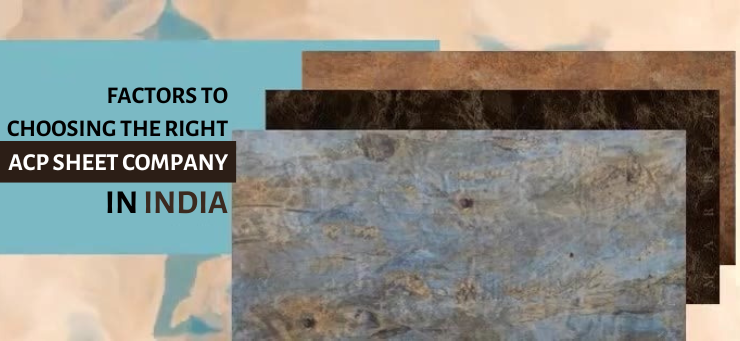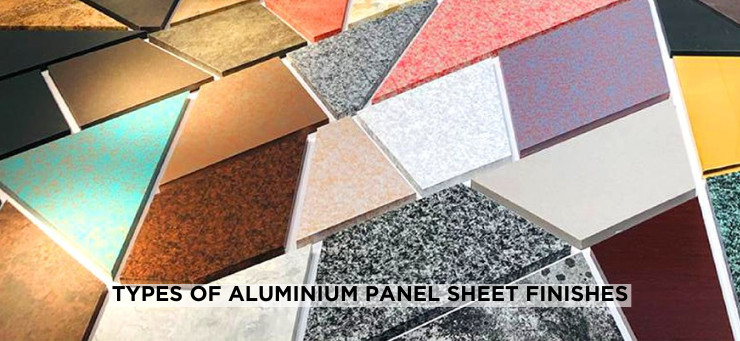Factors To Consider Before Choosing Rainscreen Cladding Systems
Modern buildings are often protected from natural forces by the installation of cladding systems. Rainscreen cladding systems are designed to perform in a similar way. These panels typically have four parts including an outer panel or the cladding, an air cavity for ventilation, an inner membrane, plus an insulating layer.
A rainscreen system is thus basically a protective layer installed on the exterior of a building to protect against moisture intrusion. The mechanism works by allowing moisture to enter the building envelope, but preventing it from penetrating the building structure. Today, rainscreen system manufacturers design these claddings in several different ways. Hence, before you choose a rainscreen system for your building, there are several factors to consider before making decision.
Factors to Consider Before Choosing Rainscreen Cladding
Climate and Weather Conditions
One of the very first factors that you must consider is the climatic conditions of the area where you plan to install a rainscreen cladding. Since different areas have different weather patterns, the kind of rainscreen cladding systems you choose should be able to withstand the specific weather conditions of the location. For instance, if the building is located in areas that experience heavy rainfall, choose systems that are highly resistant to water penetration, or winds in case the location is prone to high-speed winds.
Building Type and Design
The kind of rainscreen cladding also needs to be chosen on the basis of building type and design. For instance, you can get started with the height of the building and the materials used in the wall, since these affect the choice of rainscreen system. A high-rise building needs a rainscreen system that is compatible with the vertical load-taking capabilities of the building.
Material Compatibility
You cannot avoid the compatibility of materials while choosing rainscreen cladding systems. Choosing the right materials for the rainscreen system is essential to match it with the building materials to ensure that the rainscreen system performs as desired. For instance, if your building has a metal frame, you need to make sure the rainscreen system does not cause corrosion or damage to the metal. This makes it certain that the system functions properly and does not damage the other building components.
Maintenance and Repair
Every installation has a maintenance factor attached to it. Hence, make sure you choose such materials that are easy to maintain and repair. Rainscreen system manufacturers offer a range of rainscreen designs that suits your maintenance schedule and budget the most.
Cost or Pricing
The budget you have for rainscreen systems is undeniably one of the most crucial factors. Depending on the cost, you can choose rainscreen systems with different levels of performance and durability. In simpler words, the more price you pay, the more likely you are the get a high-performing rainscreen cladding system.
Conclusion
Make sure you consider all the factors before you invest a significant amount of money in rainscreen cladding systems for building exteriors. If you are finding it difficult to figure out which one is more suitable for you, you can consult with a professional before choosing one and researching different manufacturers to make an informed decision.




Comments
Post a Comment